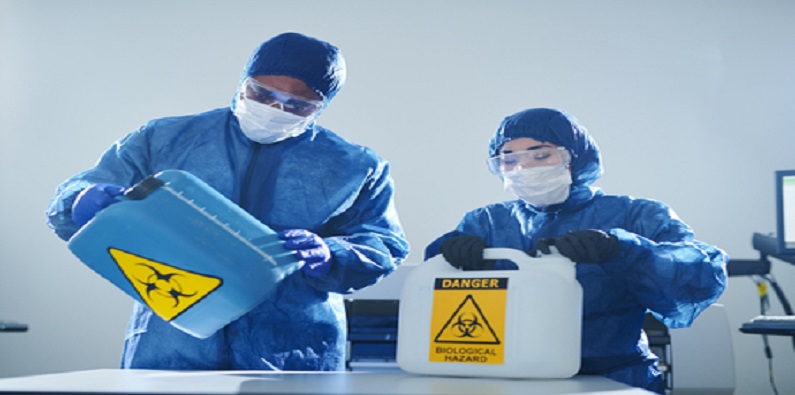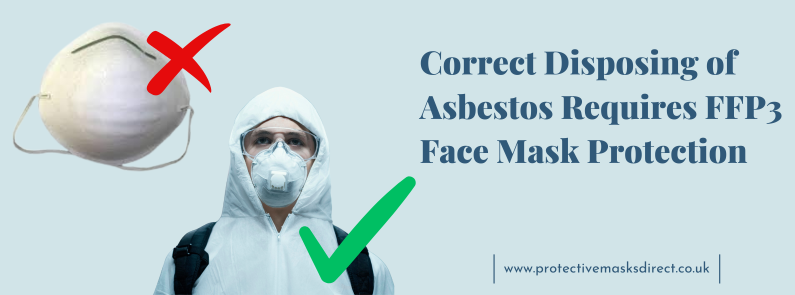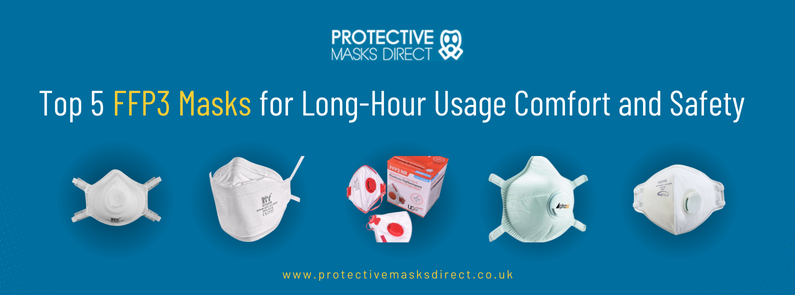
A biological attack is a deliberate release of a pathogen or biotoxin to cause death or economic damage and could be focused on either humans, plants, or animals.
There are two types of potential biological agents namely those that are transmissible and can spread between humans such as smallpox, Ebola or biological agents that are not contagious but are detrimental to health such as anthrax.
The most harmful biological agents including the above are categorised by the US homeland security as category A due to the fact that they are easily disseminated and/or contagious and lead to high mortality rates.
Category A
Biological Agents: (The Centers for Disease Control & Prevention (CDC)
Bacteria: Anthrax (Bacillus anthracis), Plague (Yersinia pestis), Tularemia (Francisella tularensis)
Viruses: Smallpox (Variola major virus), Viral Hemorrhagic Fevers: Ebola, Marburg, Lassa, Machupo (various families of viruses)
Biotoxins: Botulism (Clostridium botulinum toxin)
How Could Biological Agents be Disseminated Against Humans:
- Aerosol
- Dispersed in the air by spray
- Human Carriers
- Coughing, bodily fluids, contaminated work surfaces
- Infected Animals
- Contact with contaminated animals
- Food & Water
- Insects
- Plague Bacteria
- Physical Distribution
The release of biotoxins in a biological attack when released in the air has the potential to be life-threatening and lead to significant loss of life.
The level of severity would depend on the lethality/infectivity of the biotoxin released, the duration, and route of exposure (inhaled/ingested) & the length of time until an outbreak is identified.
Respiratory Protection Against Aerosol Dispersed Biological Agents & Human Carriers:
Non Contagious Biological Agents:
Anthrax (Bacillus anthracis), Plague (Yersinia pestis), Tularemia (Francisella tularensis)
As a potential biological agent, bubonic plague (as a zoonotic infection) is not contagious and would only infect the individual if left untreated it would spread from the lymph nodes to the lungs resulting in pneumonic plague which in turn is highly contagious and easily spread from human to human.
Anthrax is a potentially fatal infection and as a zoonosis can be transmitted from animals to humans. Anthrax when occurring naturally is caused when animals are infected when consuming contaminated water, feed, contaminated land, or inhaling anthrax spores.
The HSE (Health & Safety executive) recommends that RPE with a minimum APF 20 (Assigned Protection Factor) FFP3 mask be used. This can either be a disposable FFP3 mask, half mask with P3 filter, or a full face mask with relevant P3 filter.
Contagious Biological Agents:
Viruses: Smallpox (Variola major virus), Viral Hemorrhagic Fevers: Ebola, Marburg, Lassa, Machupo (various families of viruses)
As with Covid 19 and ongoing variants, we have outlined the numerous healthcare studies including Addenbrookes Hospital, Cambridge that highlighted FFP3 respirators as reducing 100% – in hospital-acquired SARS-CoV-2 infections among these staff once the upgraded level was introduced in the hospital.
The higher the assigned protection factor the higher level of protection.
Recommended Protective Respirators:
|
Disposable FFP3 Masks: Ultimate FFP3 Masks (Pack 10) (Product Code 988) |
Assigned Protection Factor APF 20 |
|
Reusable FFP3 Masks: |
- |
|
Reusable Half Mask: Sundstrom SR 100 & P3 Mask (Product Code 1056) |
Assigned Protection Factor APF 20 |
|
Reusable Full Face Mask: Reusable Full Face Mask & P3 filter (Product Code FFM1600-P3M) |
Assigned Protection Factor APF 40 |
For extended exposure, a powered air unit with TH2 powered hood would be advised.
TH2 & TH3 Powered Air Unit:
| Powered Air Jetstream EN12941:1999 TH2PSL (Product Code 714) | APF 20 |
| Powered Air unit TH3 SR 500 Power Unit & SR 580 Head Top
(Product Codes SR 500) & (Product Code Sundstrom SR 580 Head Top) |
APF 40 |
Additional PPE required:
Disposable gloves, goggles & anti biohazard coveralls (Product Code 14)
Contagious Disease Outbreak Spread & Control:
Rapid identification of infected personnel decreases the potential spread of contagious diseases. Isolation, quarantine & barriers (Gloves, Respiratory Masks, Eye protection).
Contagious diseases, as with Civid 19 can easily spread through respiratory droplets from coughing and exhaled air as well as coming into contact with infected surfaces and then touching the mouth.
The (World Health Organisation (WHO) “Airborne transmission of infectious agents refers to the transmission of disease caused by the dissemination of droplet nuclei that remain infectious when suspended in air over long distance and time.”
Viral Hemorrhagic Fevers such as Ebola spread in the main by direct contact with bodily fluids such as sweat and feces however there have also been recent studies.
Public Health England Advice Responder Advice:
Possible Biological Agent:
Smallpox, a viral, haemorrhagic fever (VHF), or other infection (eg TB) requiring airborne infection isolation.
WEAR PPE for AEROSOL SPREAD DISEASES
Body, clothes, skin: full-length impermeable coveralls/gown, apron, hair & foot coverings
Nose, mouth, lungs: FFP3 respirator (fit-tested/checked)
Eyes: face shield, visor or goggles
Hands: single disposable gloves
If it is thought that you will be exposed to patient’s respiratory secretions for example (eg patient with cough, URTI, ‘flu symptoms) or need to intubate, NG tube, or bronchoscopy)
Wear PPE for Droplet Spread DISEASES
Body, clothes, skin: full-length gown or disposable
plastic apron
Nose, mouth, lungs: surgical mask IF coronavirus suspected
FFP3 respirator (fit-tested/checked)
Eyes: face shield, visor, or goggles
Hands: single disposable gloves
The correct PPE will protect you, patients & your colleagues from infection but must be worn and discarded correctly.
References:
Airborne Precautions Binish Ather; Taaha M. Mirza; Peter F. Edemekong.
Communicating in a Crisis: Biological Attack (dhs.gov)
Bubonic and pneumonic plague - Uganda, 2006 -Centres for disease control & prevention
National Centre for Biotechnology Information (NIH)



